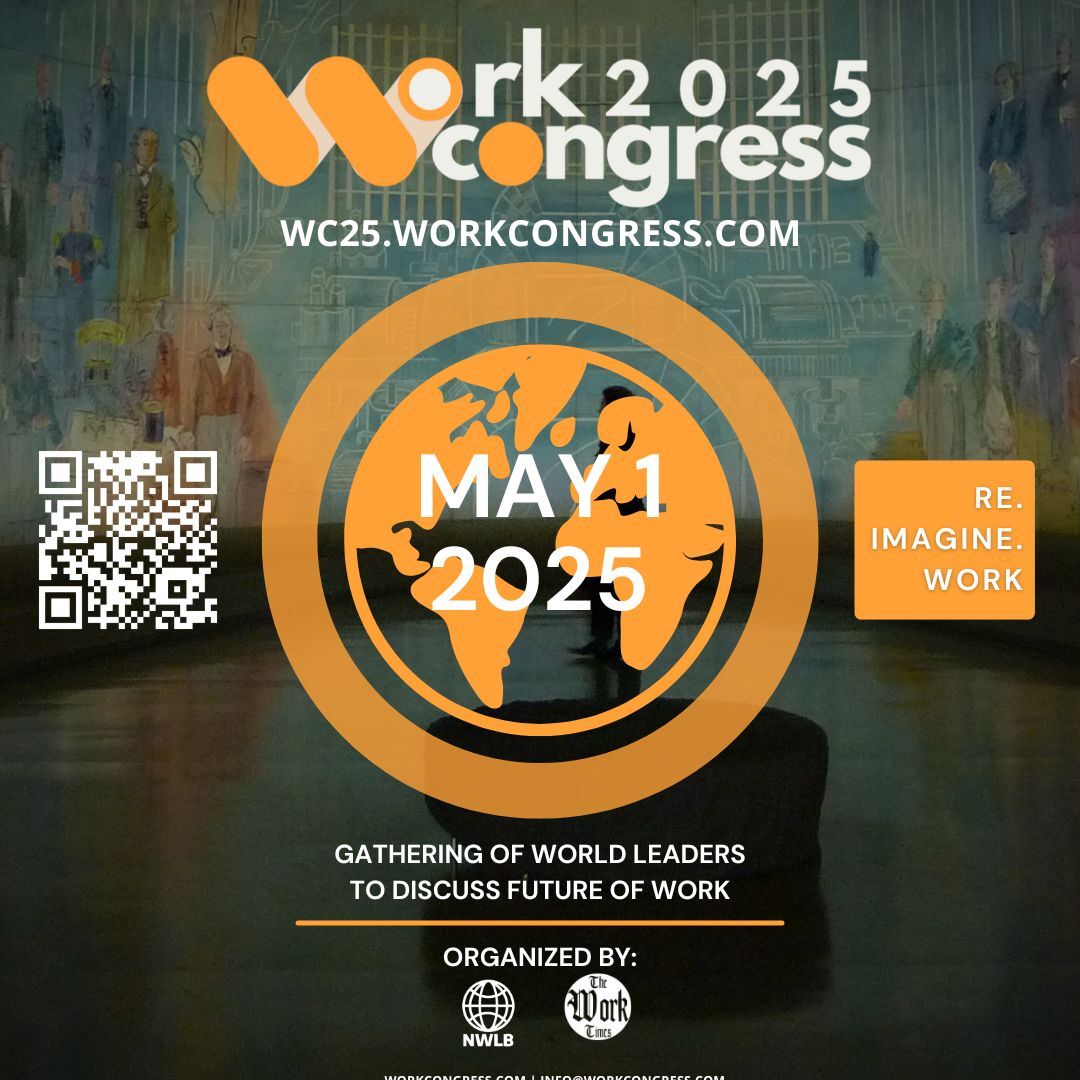In an era where artificial intelligence is not just reshaping tech but redefining global economies, the latest announcement from Samsung Electronics serves as a pivotal moment for the AI and semiconductor industries alike. Samsung has projected a staggering 56% decline in its Q2 profits, directly attributed to the newly imposed U.S. restrictions on exporting advanced AI chips. This development offers more than just a financial headline—it is a clarion call revealing how geopolitical decisions ripple through the heart of AI innovation and infrastructure.
The Gravity of AI Chip Export Controls
AI chips are the engines powering everything from natural language processing to autonomous vehicles. As the AI revolution advances, these specialized semiconductors become increasingly critical, not only technologically but strategically. The U.S. restrictions aim to curb access to cutting-edge AI hardware by certain nations, citing national security concerns. While the policy intends to safeguard technology leadership, its immediate effect is a commercial shockwave hitting industry giants like Samsung.
Samsung’s semiconductor division, a critical supplier of AI chips globally, now faces pronounced challenges in executing its business plans. Their massive expected profit dip shines a spotlight on how deeply intertwined AI’s future is with the free flow of advanced hardware components across borders. Every chip prevented from shipping to key markets reverberates back onto innovation pipelines, customer capabilities, and broader AI ecosystem growth.
Illuminating the Semiconductor-AI Nexus
At its core, AI’s promise—whether that’s creating more intuitive human-machine interfaces or defeating complex diseases—relies on rapid iteration cycles supported by accessible, powerful hardware. Semiconductor manufacturers like Samsung are the unsung architects of this new age, crafting the silicon that shapes AI’s potential. However, constraints on chip exports risk creating chokepoints. These may not only disrupt supply chains but also influence where and how AI research and development flourish globally.
Such friction can accelerate technology bifurcation: where one bloc pursues its AI ambitions with unrestricted chip access, while others strive to achieve parity within constrained environments. The uneven pace potentially fosters innovation silos, impacting collaborative advancements and the universal growth of AI capabilities.
The Broader Industry Implications
Samsung’s profit forecast is a concrete measure of abstract policy reverberations, but the story extends deeper. For the semiconductor sector, it underscores an urgent need to rethink risk exposure and diversification strategies amid escalating geopolitical complexity. The AI hardware supply chain, once assumed to be global and flexible, now confronts unprecedented uncertainty.
For AI enterprises—whether startups or established tech giants—these dynamics translate into real operational challenges. Access to the latest AI chips can define competitive advantage, influencing everything from product roadmaps to deployment scales. Restrictions reverberate through AI ecosystems, affecting timelines and resource allocation in software development and real-world application.
A Moment for Reflection and Adaptation
This juncture is more than a cautionary tale. It presents an opportunity for all stakeholders in AI’s future to consider how interconnected our fortunes truly are. Samsung’s financial dip highlights vulnerabilities but also invites efforts to innovate around constraints, from fostering domestic chip fabrication capabilities to advancing alternative AI architectures less dependent on restricted hardware.
The unfolding narrative paints a complex but vital picture: AI innovation is no longer just a technical endeavor — it reflects a global interplay of policy, industry strategy, and economic resiliency. Samsung’s experience amplifies a critical insight: the path forward for AI is as much about navigating world affairs and supply chain realities as it is about algorithms and data.
As the AI community watches these developments, the challenge is clear. Next-generation AI progress depends on agile adaptation, strategic foresight, and the willingness to evolve amid rapid and often unpredictable change. Samsung’s projected profit decline is a signal—a powerful moment to recalibrate how AI hardware production, distribution, and policy intersect in building the future.
What lies ahead for AI will be shaped not only by the capabilities of silicon but by how we manage the geopolitical landscape that governs its flow. In this high-stakes domain, the world’s AI pioneers must leverage lessons from Samsung’s experience to chart a resilient and dynamic trajectory for intelligent technologies.

